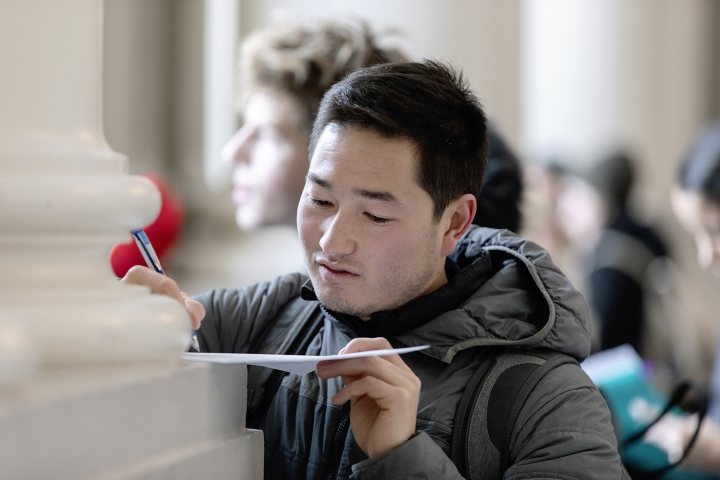Engaging Students
Enrich the learning environment by actively involving your students in the learning process. The class as a whole will benefit from the many contributions of ideas, perspectives, knowledge, and experiences of fellow students, in addition to the instructor. Expose students to various ways of thinking and practice the skills together to provide meaningful growth and deeper expansion of knowledge.
Increasing Student Motivation & Participation
Using Effective Questions to Engage Students
What works: Classroom Polling Ideas to Engage Students
Engaging Students in Large Courses
Engaging Students in Discussions

